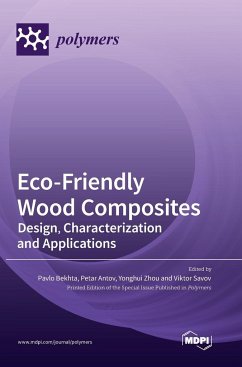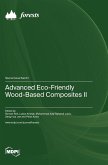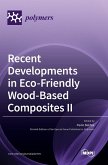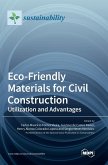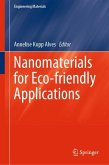Traditional wood composites are produced with synthetic, formaldehyde-based adhesives, commonly made from fossil-derived constituents, such as urea, phenol, melamine, etc. Along with their undisputable advantages, these adhesives are characterized by certain problems, connected with the emission of hazardous volatile organic compounds (VOCs), including free formaldehyde emission from the finished wood composites, which is carcinogenic to humans and harmful to the environment. The growing environmental concerns, connected with the adoption of circular economy principles, and the new, stricter legislative requirements for the emission of harmful VOCs, e.g., free formaldehyde, from wood composites, have posed new challenges to researchers and industrial practice, related to the development of sustainable, eco-friendly wood composites, optimization of the available lignocellulosic raw materials, and use of alternative resources. This reprint presents a collection of 10 high-quality original research and review papers providing examples of the most recent advances and technological developments in the fabrication, design, characteristics, and applications of eco-friendly wood and wood-based composites.

